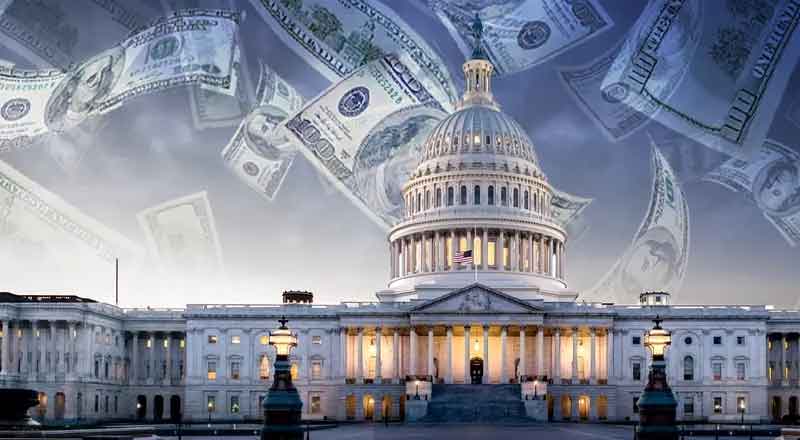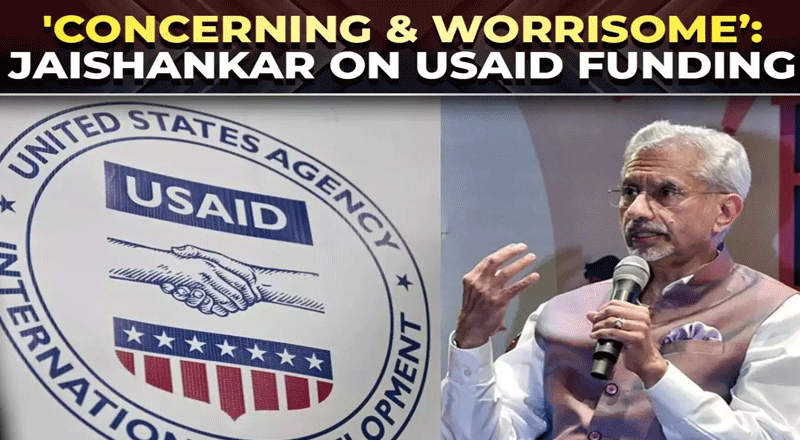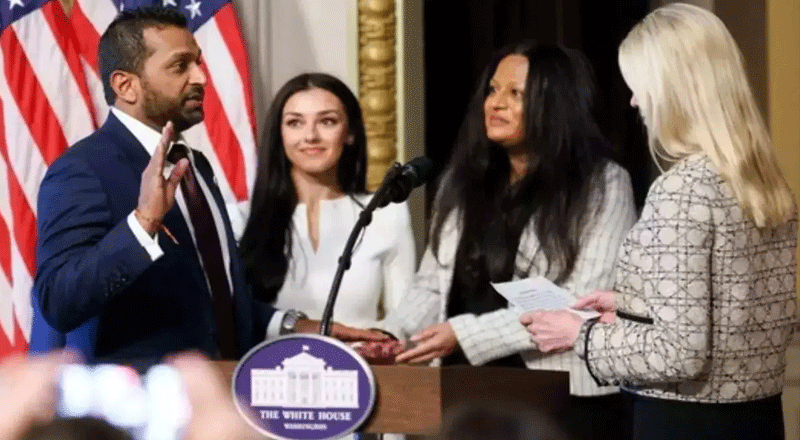- America’s gross national debt exceeded $33 trillion for the first time, providing a stark reminder of the country’s shaky fiscal trajectory.
- The fiscal milestone comes as Congress is facing a new spending fight with a government shutdown looming.
- Some federal spending programs that passed during the Biden administration are expected to be more costly than previously projected.
- Unless Congress can pass a dozen, appropriations bills or agree to a short-term extension of federal funding at existing levels, the United States will face its first government shutdown since 2019.
- The debate over the debt has grown louder this year, punctuated by an extended standoff over raising the nation’s borrowing cap.
- A Treasury Department report last week showed that the deficit the gap between what the United States spends and what it collects through taxes and other revenue was $1.5 trillion for the first 11 months of the fiscal year,
America’s gross national debt exceeded $33 trillion for the first time on Monday, providing a stark reminder of the country’s shaky fiscal trajectory at a moment when Washington faces the prospect of a government shutdown this month amid another fight over federal spending.
The Treasury Department noted the milestone in its daily report detailing the nation’s balance sheet. It came as Congress appeared to be faltering in its efforts to fund the government ahead of a Sept. 30 deadline. Unless Congress can pass a dozen appropriations bills or agree to a short-term extension of federal funding at existing levels, the United States will face its first government shutdown since 2019.
Over the weekend, House Republicans considered a short-term proposal that would slash spending for most federal agencies and resurrect tough Trump-era border initiatives to extend funding through the end of October. But the plan had little hope of breaking the impasse on Capitol Hill, with Republicans still divided on their demands and Democrats unlikely to support whatever compromise they reach among themselves.
The debate over the debt has grown louder this year, punctuated by an extended standoff over raising the nation’s borrowing cap.
That fight ended with a bipartisan agreement to suspend the debt limit for two years and cut federal spending by $1.5 trillion over a decade by essentially freezing some funding that had been projected to increase next year and then limiting spending to 1 percent growth in 2025. But the debt is on track to top $50 trillion by the end of the decade, even after newly passed spending cuts are taken into account, as interest on the debt mounts and the cost of the nation’s social safety net programs keeps growing.
But slowing the growth of the national debt continues to be daunting. Some federal spending programs that passed during the Biden administration are expected to be more costly than previously projected. Pandemic-era relief programs are still costing the federal government money. The IRS is freezing a few of the programs because of fears about fraud and abuse.
At the same time, several of President Biden’s attempts to raise more revenue through tax changes have been met with resistance. Meanwhile, lobbyists are pressing for loopholes in new taxes that have been enacted. The pushback against efforts to raise revenue and cut spending has heightened the sense of alarm among budget watchdog groups that fear that a fiscal crisis is approaching.
Republicans and Democrats in the House and the Senate continue to be divided on a path forward to avoid the near-term problem of a government shutdown, and lawmakers have started pressing for leaders to begin focusing on a stopgap bill to keep the government operating past Sept. 30.
Republicans have been pushing for cuts as a condition of funding the government, blaming out-of-control spending for the country’s fiscal woes. But the White House blamed Republicans on Monday for the bulging debt burden.
“The increase in debt over the last 20 years was overwhelmingly driven by the trillions spent on Republican tax cuts skewed to the wealthy and big corporations,” said Michael Kikukawa, a White House spokesman. “Congressional Republicans want to double down on trickle-down by extending President Trump’s tax cuts and repealing President Biden’s corporate tax reforms.”
A Treasury Department report last week showed that the deficit the gap between what the United States spends and what it collects through taxes and other revenue was $1.5 trillion for the first 11 months of the fiscal year, a 61 percent increase from the same period a year ago.
In an interview, Treasury Secretary Janet L. Yellen said she was comfortable with the nation’s fiscal course because interest costs as a share of the economy remained manageable. However, she suggested that it was important to be mindful of future spending.
“The president has proposed a series of measures that would reduce our deficits over time while investing in the economy,” Ms. Yellen said, “and this is something we need to do going forward.”
(With inputs from agencies)





